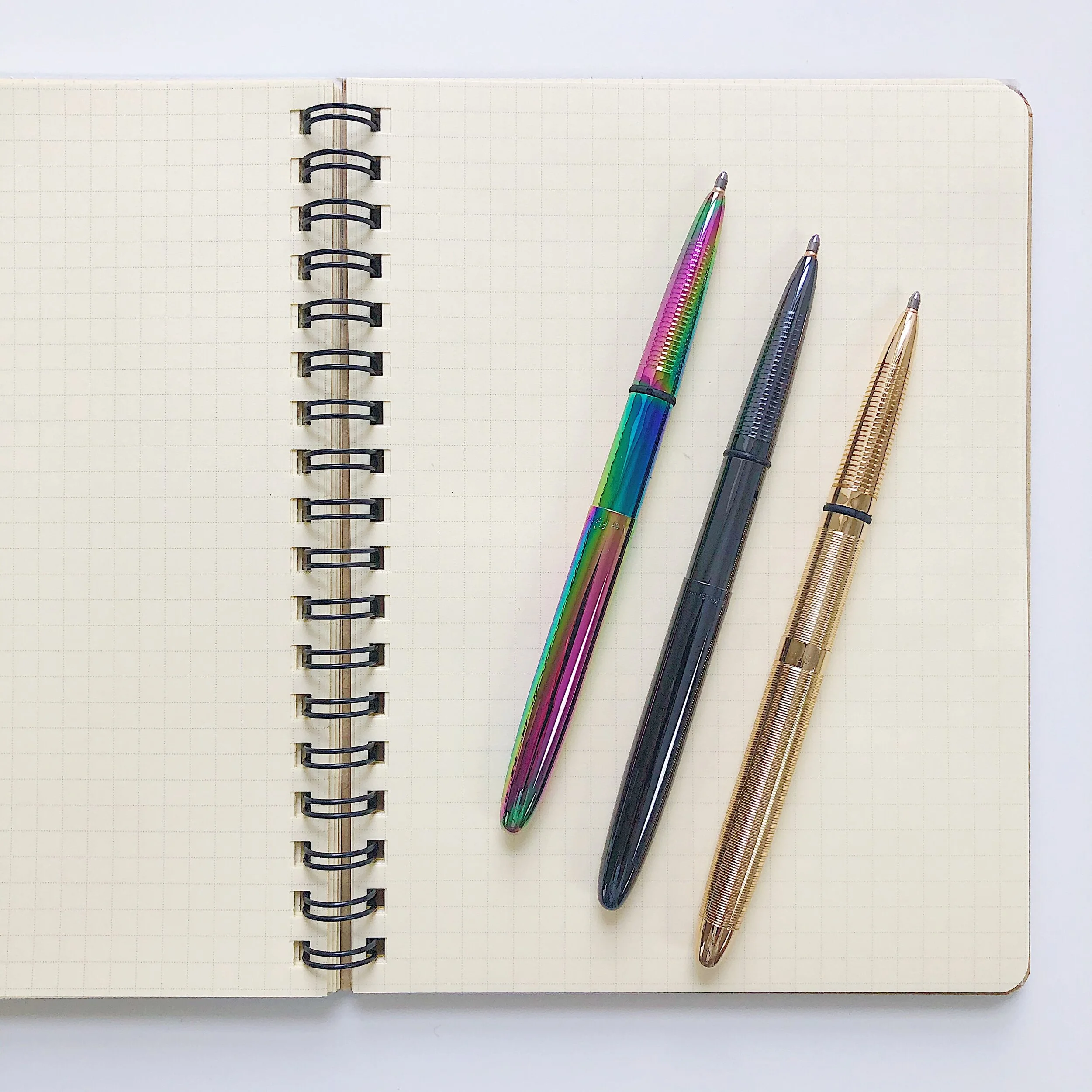Getting Started with At-Home Astronomy in 2021
“A philosopher once asked, ‘Are we human because we gaze at the stars, or do we gaze at them because we are human?’ Pointless, really... ‘Do the stars gaze back?’ Now, that’s a question.”
Amateur astronomers, more than ever, are on a mission to discover the night sky from their own backyards. A recent article published by the CBC highlighted how Canadians are turning to the stars more today than we have since 1986 — a change that has been attributed to the pandemic and social isolation.
There seems to be a good reason for that, too: no matter how much our lives change, the stars are consistent. No matter what our lives are like and no matter where we are in the world, the stars remain the same. In a time when everything is changing so quickly, that is a comforting thought!
On top of the consistency that the stars provide, 2020 has been an exciting year for space innovation. Just this past month, we’ve seen Hayabusa-2 return with a piece of asteroid and a Beaver Moon Eclipse!
Between the extra time many of us are spending at home and the renewed interest in STEAM that the pandemic has ushered in, there is no better time to start an astronomy hobby. Though it might help you to spot Jupiter and Venus more clearly, you don't even need to purchase the best telescope to participate in stargazing! Especially until you figure out what you actually like about the stars and what type of equipment you need for that particular aspect, you can start amateur astronomy simply by staying up late on a clear night.
A simple way to get started is to sketch or journal your thoughts while you’re looking up to the sky. If you are starting astronomy for something that will be constant, writing or drawing your thoughts can also help to keep you grounded. Like the stars themselves, your notes will always be there with you, and you can revisit them whenever you get the urge — and we’ve never heard of clouds getting in the way of a good notebook!
If you want to leave your phone aside, all you will really need is a flashlight, a pen or pencil, and something to write on. Remember, you’re not doing this for grades, so there is no reason you have to make your observations perfect. Just do your best and be authentic to your own interest.
Here at Phidon, we carry some accessories that might be a great addition to any star chaser’s toolbelt — from beginners to astronauts! The Fisher Space pen can accompany you on all of your adventures, and it completely lives up to its name: you can write anywhere with its pressurized refill, even in space!
Though it is a rumour that NASA developed the space pen to compete with the Soviets, the Fisher Space Pen is used by space researchers all over the world, including NASA scientists and astronauts. Because of its pressurized refill, the pen seems to defy physics! Fisher Space Pens can also write underwater, upside down, and so much more, so you can bring it with you even in your sunlight escapades.
If you're more of a fountain pen user, it’s also a great idea to check out the ink sets from Colorverse. As you've probably noticed, Colorverse literally breaks down to Colour Universe, and all of their fountain pen ink sets are inspired by space, scientific discovery, and astronomical history. Some of our favourites are Martian & Life on Mars and Andromeda. There is even a Hayabusa, if you’re looking to commemorate Hayabusa-2, which is a beautiful purple!
Another option for something you can bring anywhere with you is the Monteverde Tool Pen. Available in fountain pen, ballpoint pen, and mechanical pencil versions, this writing instrument is perfect for citizen scientists because of the extras that it includes. From multiple rulers to a small screwdriver, it's a multitool that is both functional and portable!
Paired with a small notebook, this is a perfect toolkit for any stargazer. We especially love the new special edition Field Notes Snowy Evening: each design is unique and drawn by computer software that mimics the conditions in which snow forms in the atmosphere. Between its connection to the sky and its 5 mm dot grid (perfect for writing and drawing without much interference), this pack of three notebooks is a great choice for observing the galaxy through at-home astronomy.
So, if you’re looking for something new and creative to start in the new year, perhaps it is time to look to the stars! Astronomical objects and the Milky Way will always be there for you, whether at the beginning of 2021 or years down the line. You don’t have to have aims of the International Space Station to try something new — all you need is a desire to learn and a clear sky.
Are you interested in astronomy? How do you record your observations? Let us know in the comments, and happy stargazing!

